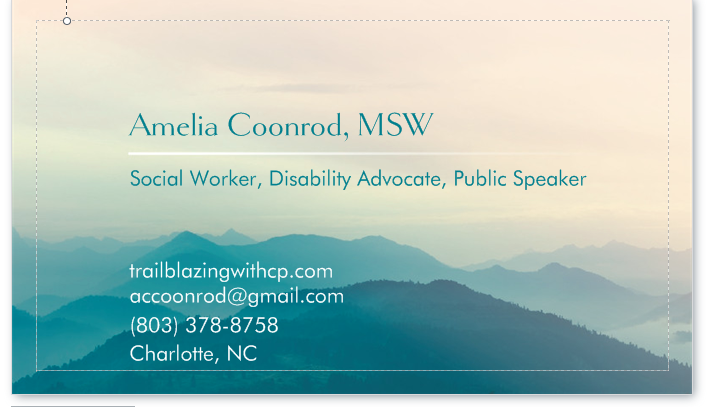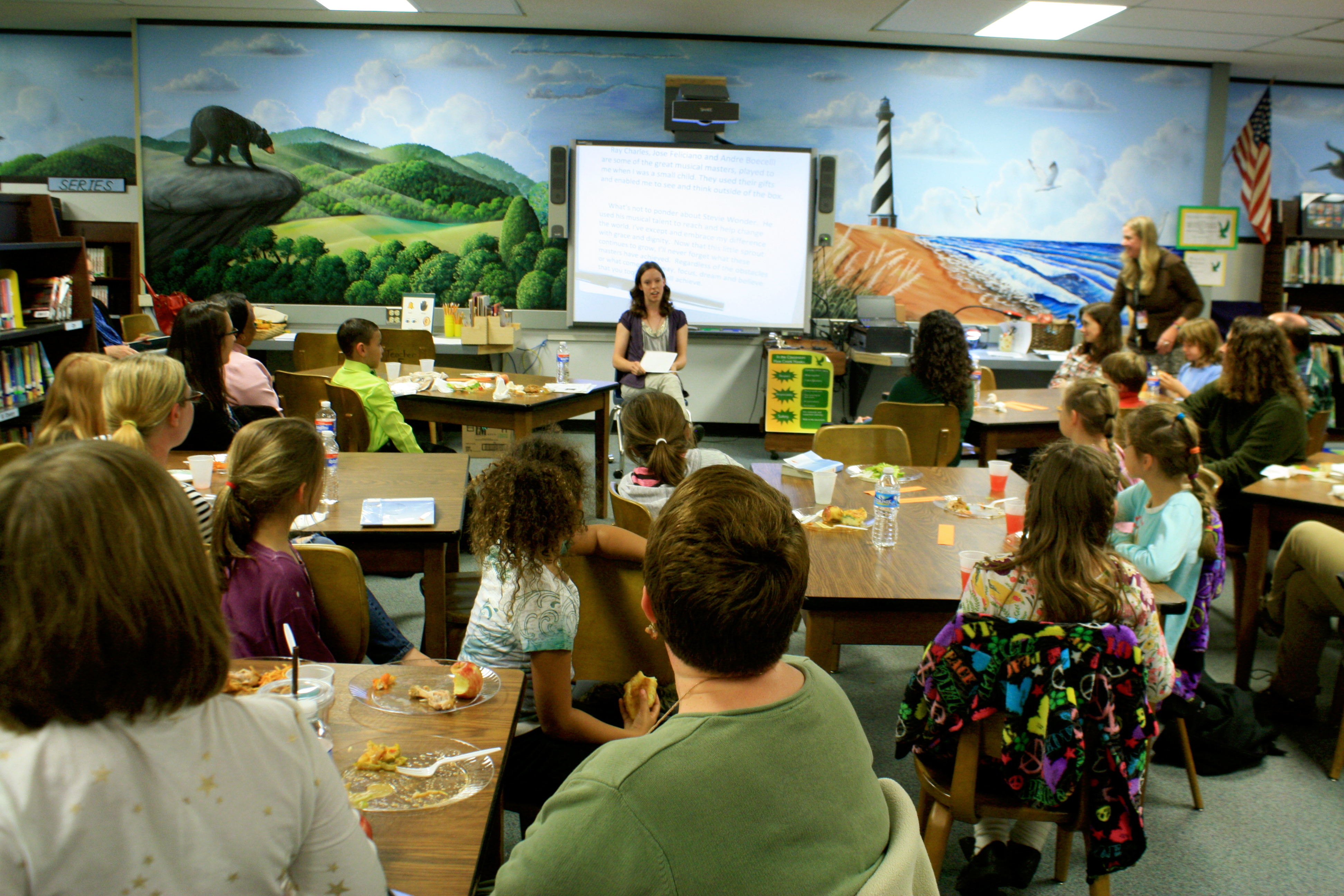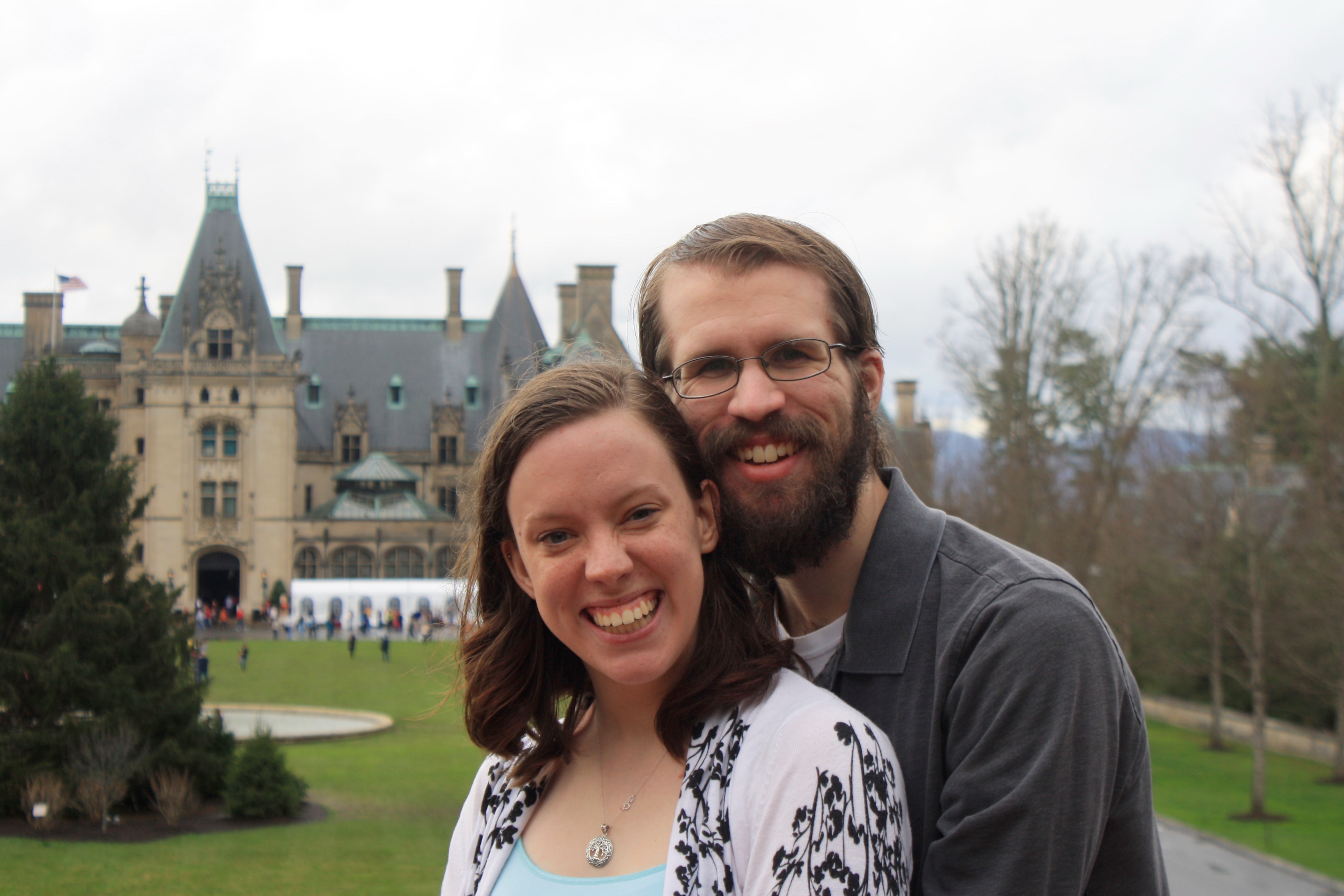As I was entering my teenage years, my parents and I were unsure whether I’d be able to drive a car. However, as with most things in my life, I knew I wanted to drive a car, and I was going to do anything I possibly could to make that happen.
While I didn’t drive a car until I obtained my permit, I was driving as early as 5 years old. I used to drive my Barbie Jeep around and around my neighborhood for hours on end. I’d turn on the little Barbie radio in the Jeep and “floor it,” flying down the sidewalk in my hot pink Barbie Jeep. As I got older, my Barbie Jeep transitioned to a go-cart and eventually a four-wheeler, but the go-carts we had were always my favorite. I know I likely drove way too fast, but I remember my neighborhood used to say that they always knew when I had my go-cart out because they’d hear my laughter and screams all the way down the block. Therefore, when I eventually got behind the wheel of a car, I had years of driving practice already. It’d be a piece of cake, right? Not quite.
I have spastic diplegia cerebral palsy, meaning my CP primarily impacts my legs and causes them to be incredibly stiff. Due to the stiffness of my legs and because I knew that my legs had a tendency to involuntarily shake if my foot was placed in a particular position (called clonus), I was pretty nervous about learning to drive a car. I didn’t know if I’d be able to move my foot from the gas to the brake quickly or easily enough. I also didn’t know whether my legs would become tired quicker due to having to be flexed when using the gas pedal and brake pedal. I had been told by my physical therapist at the time that there was always the option to utilize hand controls to control the gas and the brake as opposed to using my legs. However, I also knew that I wanted to do my best to drive just like everyone else.
A benefit I had when learning to drive was the fact that I lived in a small town. Because of that, I practiced driving on dirt roads, empty back roads that hardly had any traffic, and through town where the speed limit was only 25 miles per hour. Typical kids learning to drive might have been frustrated by this, but I was not. I wanted to become as comfortable driving on country back roads as I could. In order to test my response time, we’d be driving around and my mom would say “deer” (proof that we lived in the south), and I’d pretend I saw a deer in order to practice slamming on the brakes. We learned pretty quickly that I had no problem moving my right foot back and forth between the brake and the gas (which was a major relief on my part because I didn’t want to have to utilize hand controls).
The most important thing for me when learning to drive was taking it slow. Initially, due to my own fears, I drove really, really, really slow, but that changed as I became more comfortable. Once I got my permit, took driver’s ed, and accrued a certain number of driving hours, I was ready to take the driving aspect of the test to obtain my license. And despite all the practice I had, I was completely terrified.
When I took the driving test with a woman from the DMV in the passenger’s seat, initially everything was fine. However, within a few minutes my legs started shaking so badly that it was difficult to keep my foot steadily on the gas. The DMV woman noticed the shaking and said, “Why are you shaking like that?” I responded, “I shake when I’m nervous,” not wanting to bring up my disability for fear of her using that against me when determining if I passed or failed the test. Upon hearing my response, she asked me to pull over so I could “compose myself,” though I knew that no amount of sitting still would prevent my legs from shaking. Eventually, the shaking lessened to the point where I got back on the road and completed the test. Once we returned to the DMV, the woman’s response wasn’t what I was expecting. She said, “You almost didn’t pass,” as opposed to, “Congratulations.” Looking back on it now, I still feel like she was just overall skeptical about my ability to drive a car.
Because of my disability, learning to drive wasn’t just about getting my license and having a car to drive. It was so much more than that. It meant independence. It meant feeling included as a functional member of society. But more than anything, it opened so many doors in my future. There have been a few instances where people have been surprised to learn I am able to drive on my own, and I know in the disability world it is no easy feat. But I also know that if I had been unable to drive, I would have found some other way to take on an active role in my world. After all, my life has always been one of adaptation, but it has never been one of defeat.


